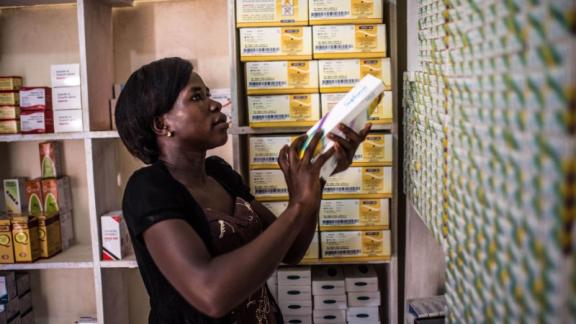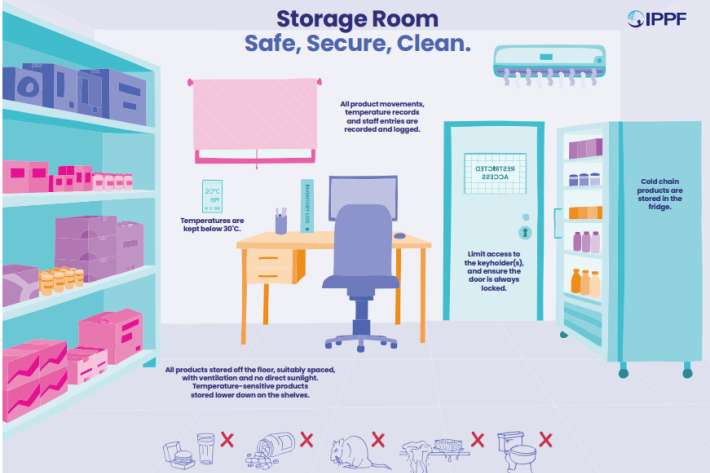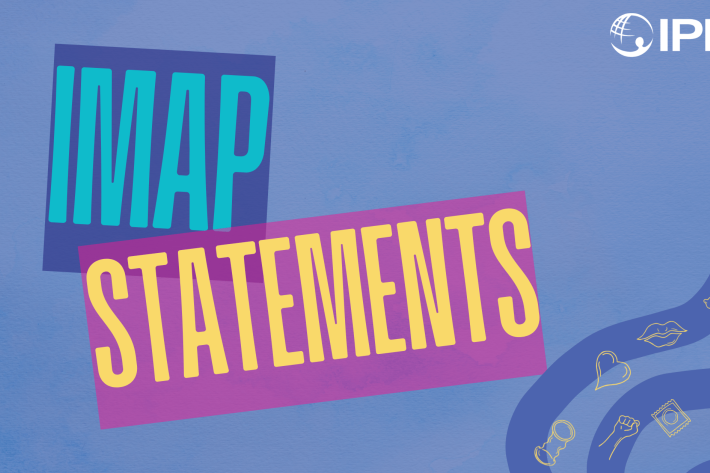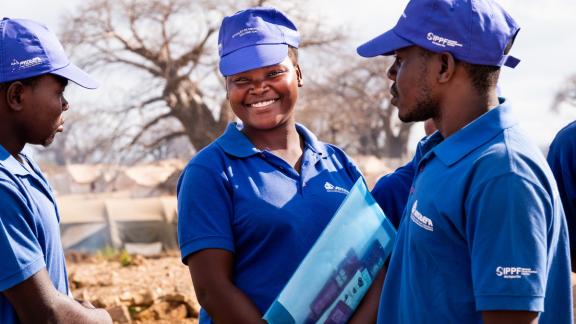Spotlight
A selection of resources from across the Federation
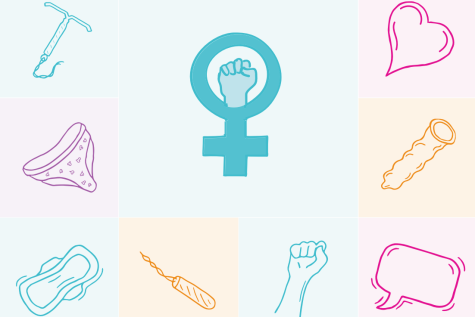
Technical Brief: Designing and Delivering Inclusive, Rights-Based Sexual and Reproductive Healthcare to Transgender and Gender Diverse People
This technical brief outlines key recommendations across several sexual and reproductive health service areas to promote access to inclusive care for transgender and gender diverse people.
Filter our resources by:
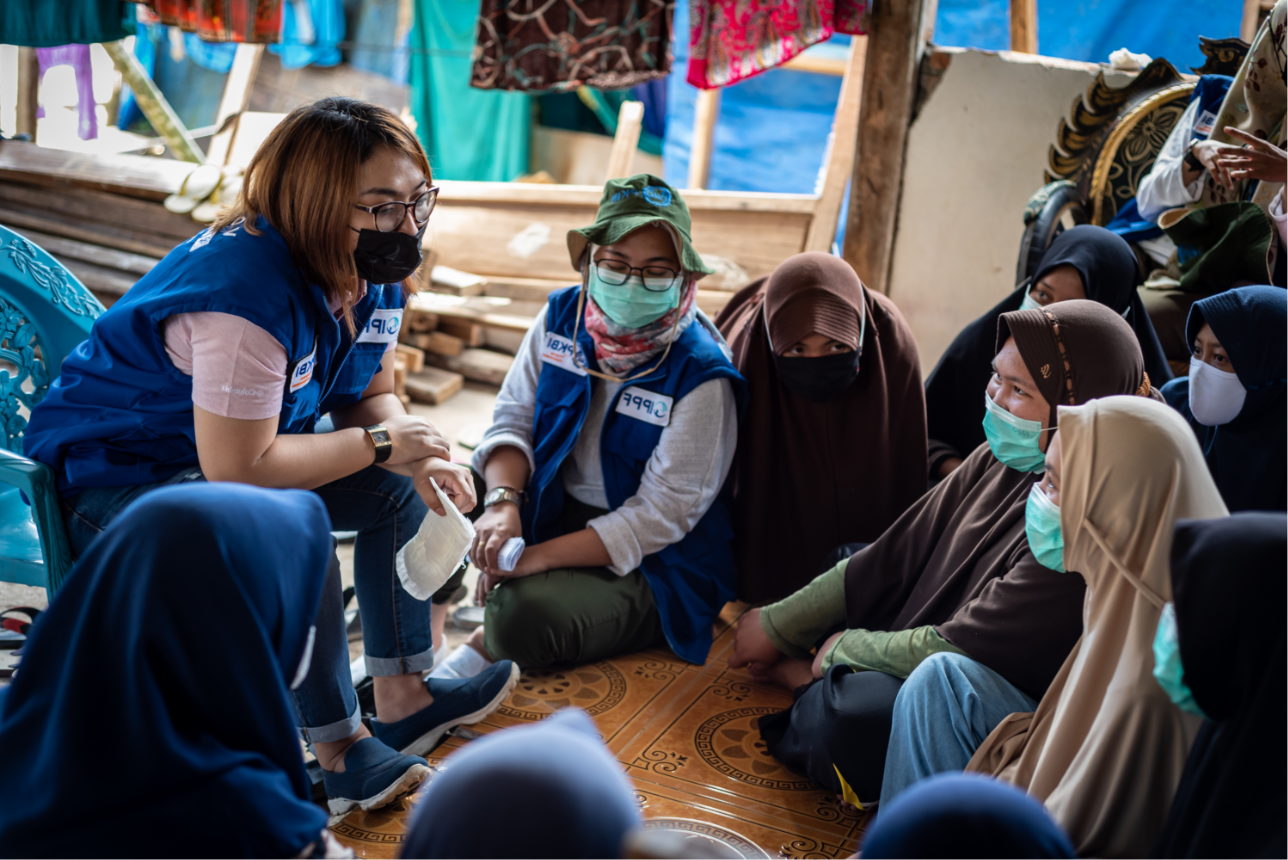
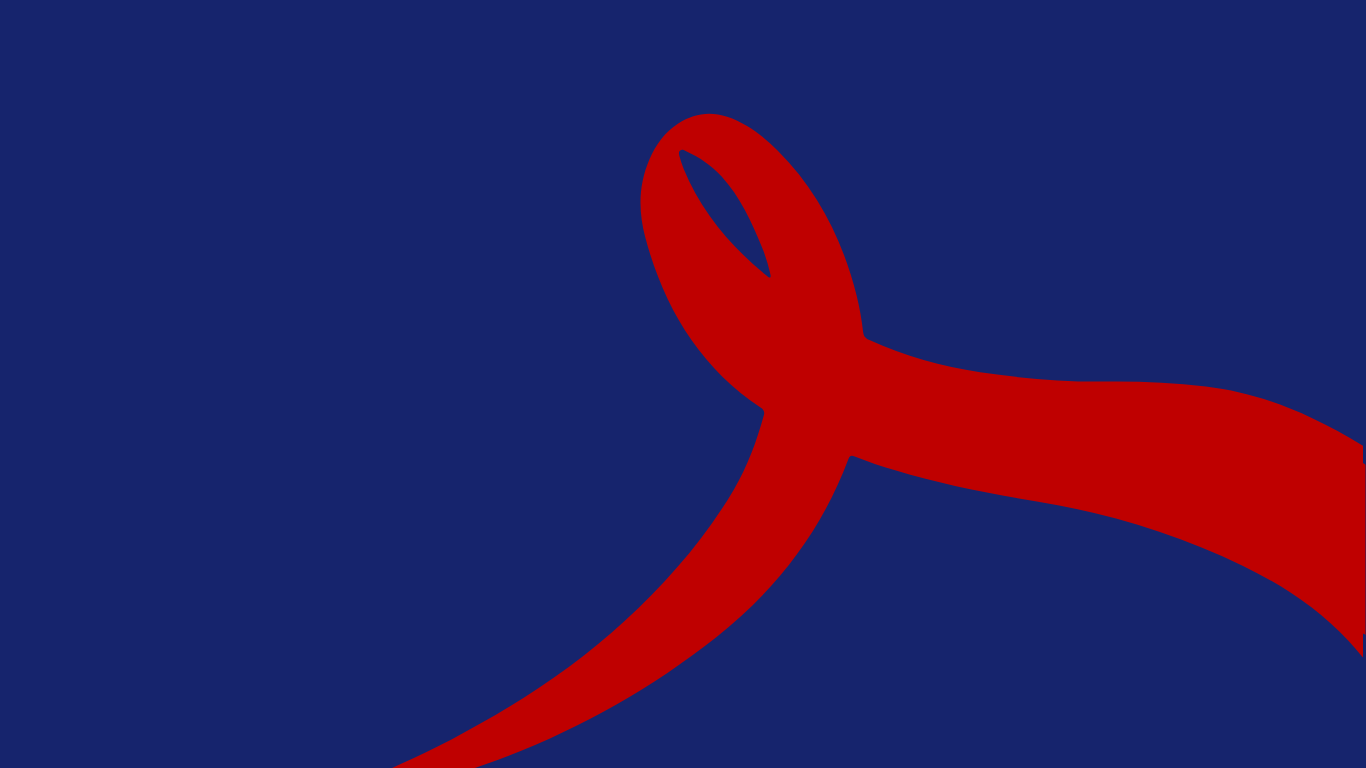
| 20 November 2023
HIV Theory of Change
Background IPPF offers a comprehensive approach to sexual and reproductive health and rights through its Integrated Package of Essential Services (IPES) which is offered at affiliate service delivery points. The IPES includes HIV testing, HIV prevention, HIV care and treatment, services for sexually transmitted infections and reproductive tract infections, contraception, abortion care, obstetrics and gynaecology, fertility support, and support for sexual and gender-based violence Purpose The purpose of our HIV Theory of Change is to clarify the goals and vision of IPPF’s HIV programme and to articulate the different pathways and strategies IPPF uses to contribute towards its HIV goals and vision. This Theory of Change endeavours to represent a conceptual model that is complex and non-linear in the format of a readable diagram. Therefore, this Theory of Change diagram is a simplified representation of a complex process which cannot be fully captured in this format. Our Theory of Change describes causal pathways for how the work in our HIV programme contributes to the ultimate goals and vision. The purpose of this conceptual model is not to provide a detailed description of the components of our HIV services, as these are described in the 2020 ‘IPPF Comprehensive HIV Services Package’ and the IPPF 2022 ‘Client-centred-clinical guidelines for sexual and reproductive health care’. Reading the diagram Our Theory of Change diagram is read from left to right, representing movement in time from the world we currently live in (left side) towards the future we would like to see, which is represented by our vision (right side). There are 7 pathways (page 1), each with a set of strategies (shown on pages 4 and 5 as close-ups of the diagram), whose work contributes towards achieving our HIV goals and vision. The 7 pathways are divided into cross-cutting pathways (community engagement, evidence and learning, capacity strengthening and sharing, strategic partnership building) and core pathways (advocacy, empowerment, comprehensive service delivery). The cross-cutting pathways are iterative and intersecting, contributing to each other and collectively contributing to the 3 core pathways. The core pathways represent the 3 main areas of our HIV programme, which, like all elements of the diagram, also interact with each other synergistically. The strategies of all 7 pathways working together contribute towards a set of outcomes. The outcomes interacting together contribute towards our goals, which in turn interact with each other, and contribute towards our ultimate vision.

| 29 March 2023
IMAP Statement on Biomedical HIV Prevention
Recent advances in biomedical HIV prevention technologies mean more choices are available for people to protect themselves from HIV. Therefore, these technologies must be effectively made available and affordable to all populations who need them. All individuals have a right to sexual and reproductive health, and HIV prevention is a key component necessary to ensure health, well-being, positive sexual lives and the upholding of human rights. Access to these new technologies is a key to successfully meeting the Sustainable Development Goal 3.3: ending the AIDS epidemic by 2030. This IMAP Statement is intended to update Member Associations across the Federation on biomedical HIV prevention technologies and support their integration of new biomedical HIV prevention services into comprehensive sexual and reproductive health service delivery. Download the statement in English, Spanish, French and Arabic below.







